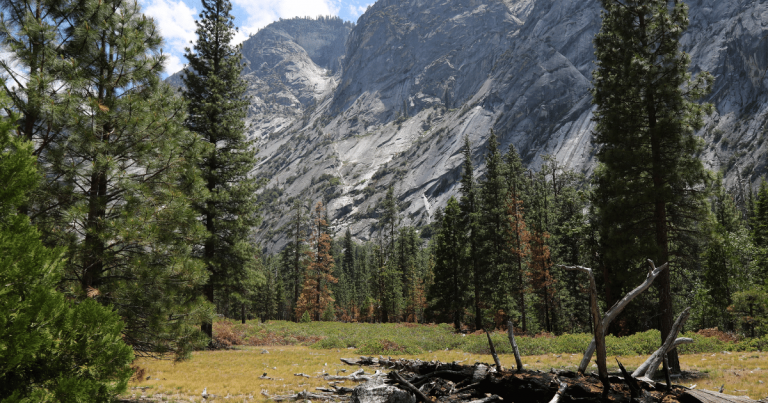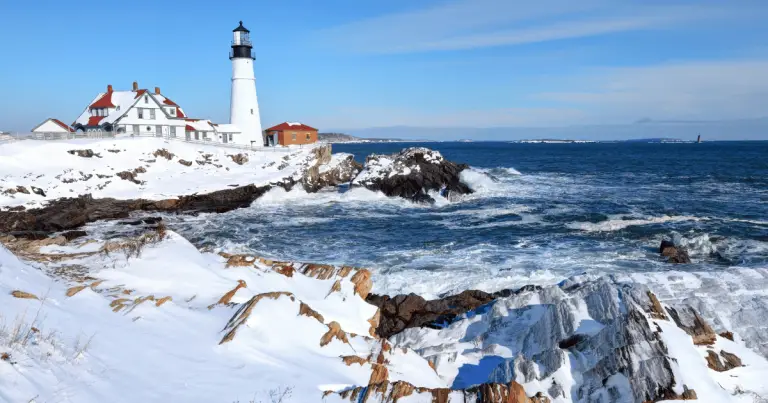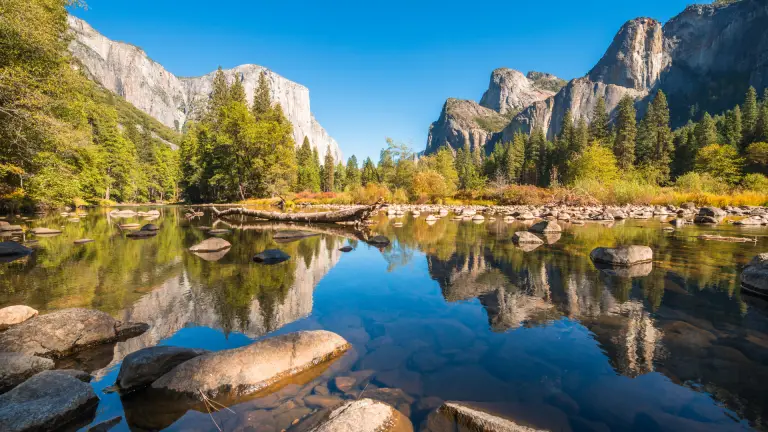Exploring the Bear Paw Trail in Sequoia National Park: A Wilderness Adventure
For those seeking an awe-inspiring hiking experience, the Bear Paw Trail in Sequoia National Park is a must-visit destination. This trail presents a stimulating challenge and rewards hikers with stunning vistas of the magnificent Sierra Nevada mountain range. The trail offers a variety of scenic views, from snow-covered summits to sprawling valleys and everything else in between.
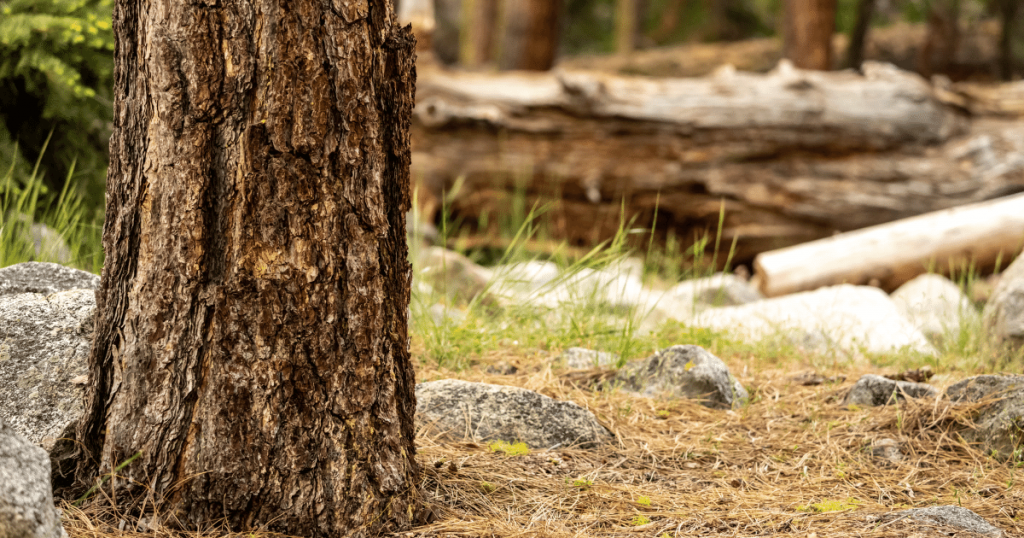
The Bear Paw Trail: A Gateway to Wilderness Exploration
Situated in the heart of Sequoia National Park, the Bear Paw Trail is a portal to an untouched wilderness. This trail is conveniently accessible from the park’s main entrances, making it an ideal starting point for novice and experienced hikers. Known for its unspoiled beauty, the Bear Paw Trail offers a unique opportunity to delve deep into the park’s pristine landscapes.
The trail’s reputation as a gateway to wilderness exploration is well-deserved; hikers are treated to an immersive journey through Sequoia’s majestic forests, crystal clear streams, and diverse wildlife habitats. The Bear Paw Trail is more than just a path; it is your entrance ticket to a world of natural wonder.
Bear Paw Trail Highlights
As you embark on the Bear Paw Trail, you’ll journey through various ecosystems, each with its unique flora and fauna. Starting in a dense mixed-conifer forest, the path is lined with towering sequoias, pines, and cedars, providing a verdant canopy overhead. You might even spot a Western Tanager flitting between the branches, their vibrant colors contrasting against the greenery.
Further along the trail, you reach the alpine zone, marked by the rugged beauty of the Sierra Nevada peaks. The scattered whitebark and foxtail pines defy the harsh conditions, standing as silent sentinels against the sky. In this region, watch for the Sierra Nevada bighorn sheep, a species specially adapted to these high altitudes.
Among the numerous scenic vistas, Eagle View is a standout. This viewpoint offers a panoramic view of the Kaweah River Valley below, its winding river gleaming in the sun. From this point, the awe-inspiring view of the Great Western Divide is a sight you will carry in your heart long after the hike.
As you return to the park, the trail winds through a fern-lined stream habitat, home to playful otters and colorful kingfishers. This ecosystem is also a treasure trove of unique plant species, such as the carnivorous California pitcher plant.
From beginning to end, the Bear Paw Trail teems with natural wonders waiting to be discovered. The variety of ecosystems, abundance of wildlife, and stunning vistas make this trail a must-visit for every nature enthusiast.
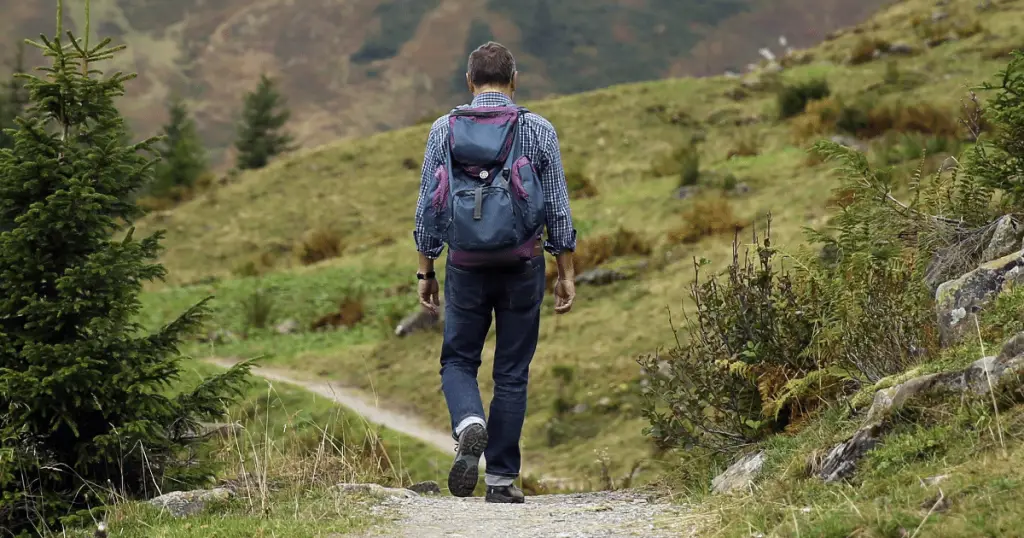
The History of the Bear Paw Trail: A Path Marked by Time
The Bear Paw Trail holds a significant place in the history of Sequoia National Park and the indigenous tribes that once inhabited this area. Before it became a well-trodden path for avid hikers, the trail was an essential route for the indigenous Monache (or Western Mono) people, who have a profound cultural and spiritual connection to the Sierra Nevada region.
The Monache people, also called “Mono,” used this trail for seasonal migrations and trade, traversing the rugged Sierra Nevada terrain long before European settlers arrived. They lived in harmony with the land, using its abundant resources sustainably. Evidence of their presence, from ancient petroglyphs to sacred sites, can still be found along the trail today.
In the late 19th century, with the onset of the California Gold Rush, the area saw an influx of miners and settlers. The Bear Paw Trail, with its access to remote parts of the Sierra Nevada mountain range, became a vital route during this period of exploration and exploitation. During this period, the trail got its name, ‘Bear Paw,’ from the distinct bear tracks frequently spotted along the route.
The establishment of Sequoia National Park in 1890 marked a new chapter in the history of the Bear Paw Trail. The trail was further developed and maintained to accommodate the rising interest in wilderness exploration and leisure hiking. Today, while the trail serves as a recreational hotspot, it also stands as a testament to the region’s rich history, reminding us of the deep-seated connections between the indigenous people, the gold seekers, and the natural world.
Getting Ready for the Bear Paw Trail
The Bear Paw Trail is classified as moderate to hard, with some steep climbs and challenging sections, particularly as you approach the alpine zone. This makes it an exciting adventure for experienced hikers, but less experienced hikers should prepare well and consider their fitness levels before embarking on the trail.
The trail spans approximately 12 miles round trip and can be completed in a single day by fit hikers, but many prefer to spread it over two days to take in all the sights and experiences. When preparing for your hike, wear sturdy hiking boots for the rocky terrain.
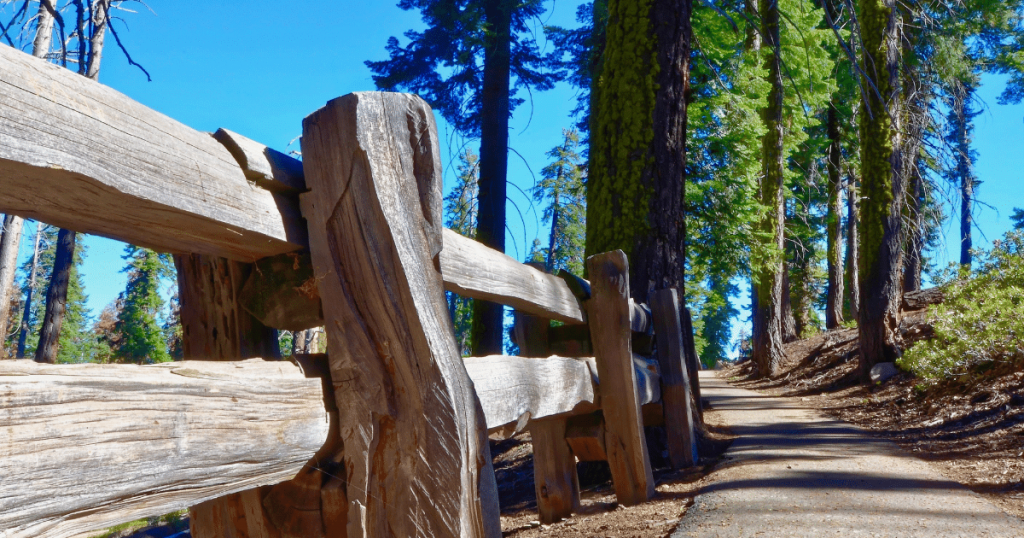
Dress in layers, as temperatures fluctuate drastically between the forested lowlands and the alpine peaks. A waterproof jacket is advisable as mountain weather can be unpredictable.
As for provisions, carry plenty of water and high-energy snacks to keep you fueled throughout the day. A trail map and compass are essential, as some sections of the trail can be confusing. Additionally, pack a first aid kit for any minor injuries or emergencies.
If you’re hiking overnight, camping equipment such as a lightweight tent and sleeping bag will be necessary. And don’t forget a headlamp or flashlight for those darker hours.
It’s also important to know that a Wilderness Permit is required for overnight stays in the Sequoia National Park. These can be obtained in advance from the park’s visitor center or online. Day hikers do not require a permit but are advised to check in at the visitor center for the latest trail conditions and any potential regulatory updates.
Remember, hiking the Bear Paw Trail is an adventure into the wilderness. Be prepared, stay safe, and respect the park’s rules to ensure a memorable and rewarding experience.
Seasons and Best Times to Visit the Bear Paw Trail
The Bear Paw Trail offers distinct experiences with each changing season, making it a year-round destination for nature lovers. However, the trail’s accessibility and the flora and fauna you encounter can vary significantly depending on the time of year.
Spring (March-May)
Spring is a beautiful time to visit the Bear Paw Trail. As the snow melts, the trail becomes more accessible, and the landscape bursts into life with wildflowers like the Sierra Nevada balsamroot, lupine, and Indian paintbrush, adding color to the scenery. This period also marks the beginning of the bird migration, offering birdwatchers the chance to spot species like Western Tanager and kingfishers.
Summer (June – August)
Summertime is ideal for those who want to enjoy the full trail, as all paths, including those leading to the alpine zone, are clear of snow. The meadows are lush and green during these months, and the weather is generally warm and sunny. However, it is also the peak tourist season, so expect more crowded trails.

Fall (September – November)
Fall is a favorite among many hikers for its stunning fall foliage. The deciduous trees along the trail, particularly in the lower elevations, displayed spectacular reds, oranges, and yellows. The cooler weather also makes for a comfortable hike, and the trail tends to be less crowded.
Winter (December – February)
Winter transforms the Bear Paw Trail into a snowy wonderland, offering a unique hiking experience. However, the trail can be challenging during this time due to snow and ice, particularly in higher elevations. It’s an excellent time to spot wildlife tracks like Sierra Nevada bighorn sheep and bears in the snow.
Regardless of the season, checking the trail conditions and weather forecast is always recommended before setting out on your hike. Generally, late spring to early fall is considered the most favorable time to visit for an all-around great hiking experience.
Conclusion: Bear Paw Trail
In conclusion, the Bear Paw Trail offers a unique blend of natural beauty, historical significance, and physical challenge, making it a must-visit for any hiking enthusiast. Each season brings unique appeal, transforming the trail into a year-round destination.
Whether you’re seeking the vibrant wildflowers of spring, the lush summer meadows, the stunning fall foliage, or the serene snowscapes of winter, the Bear Paw Trail promises an unforgettable experience. As you prepare for your journey, respect the trail and preserve its pristine condition for generations to come. Happy hiking!



